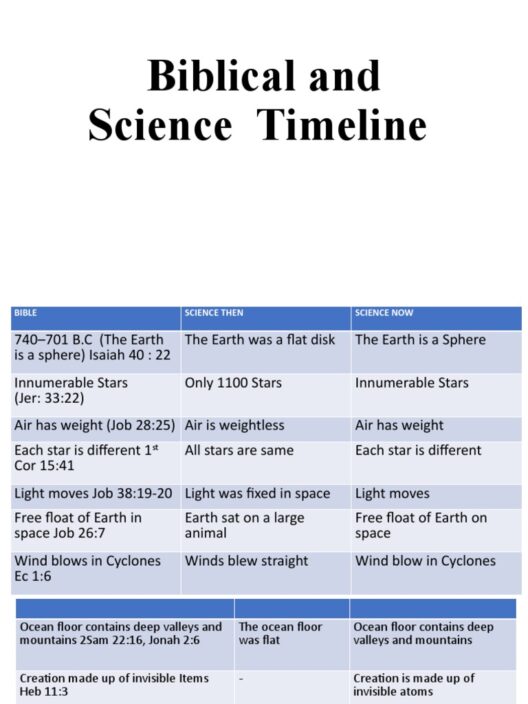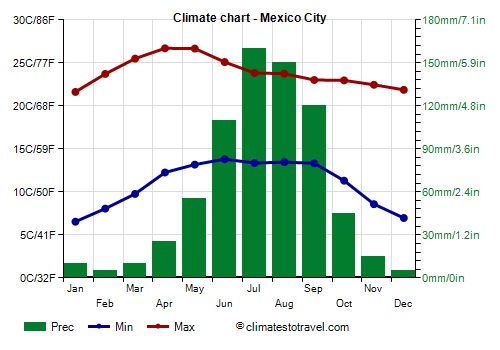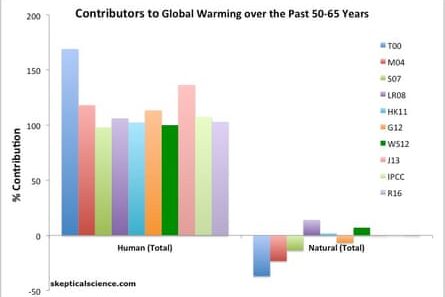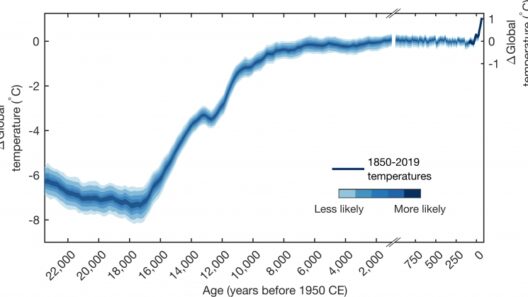The planet’s warming is not a distant threat; rather, it pulses under our feet, whispering warnings if we only choose to listen. Climate change is akin to a relentless drumroll—a foreboding soundtrack to the narratives of our times. It is the planet’s pulse, steadily quickening, echoing the cries of a world in distress. To comprehend this phenomenon, one must delve into the intricate tapestry of environmental changes that combine to create this unsettling reality.
To begin with, the most glaring evidence of a warming planet can be observed in the long-term upward trend in global temperatures. The Intergovernmental Panel on Climate Change (IPCC) reports demonstrate that the average temperature of the Earth has risen by approximately 1.2 degrees Celsius since the late 19th century. This increase, although seemingly modest, reverberates through various ecosystems and weather patterns, illustrating how fragile our climatic balance truly is. Each degree of warmth orchestrates a symphony of impacts—from the melting of polar ice caps to the displaced habitats of countless species. Polar bears, once the majestic icons of the Arctic, now symbolize an increasingly precarious existence, their homes evaporating with the ice they rely upon.
Yet, the planet’s pulse resonates beyond mere temperature increases. Rising sea levels tell a somber tale of their own. As glaciers and ice sheets succumb to the relentless heat, oceans swell, claiming coastlines and threatening settlements worldwide. Coastal cities are urged to prepare for inevitable inundation, yet some remain in denial, lulled into complacency by the familiar rhythm of life. The phenomenon is not merely geographical; it disrupts social fabrics, economic systems, and age-old traditions, reminding humanity that it is not isolated from nature’s whims.
The atmospheric concentrations of greenhouse gases represent another stark manifestation of our warming world. Carbon dioxide levels in the atmosphere have surged by over 40% since the Industrial Revolution, reaching unprecedented heights not witnessed for over 3 million years. This rise is akin to a thickening blanket enveloping the planet, trapping heat and contributing to what has been termed the “greenhouse effect.” This scientific concept is not just an abstract theory; it is a tangible reality manifesting as extreme weather events. The ferocity of hurricanes, the wrath of heatwaves, and the unpredictability of monsoon patterns offer proof that climate change is a catalyst for a new normal—one marked by volatility and unpredictability.
Think of the biosphere as a complex symphony orchestra, where each instrument represents a different species and ecosystem that harmoniously coexists. Climate change, however, acts as a disruptive conductor, inducing cacophony as species struggle to adapt to rapid alterations in their environments. Coral reefs, often dubbed the rainforests of the sea, are succumbing to coral bleaching at an alarming rate due to both increased ocean temperatures and ocean acidification—consequences of our insatiable carbon emissions. These events not only jeopardize the marine biodiversity reliant on these fragile ecosystems but also threaten the livelihoods of millions who depend on fishing for sustenance.
Furthermore, the phenomenon of shifting weather patterns indicates a profound transformation in our climate. The paradox of flooding juxtaposed with droughts is emblematic of an erratic weather system, where certain regions are inundated, while others face parched conditions. This tumultuous cycle endangers agricultural systems, with farmers often caught off guard by unexpected rainfalls or prolonged dry spells. Food security, already a global challenge, faces exacerbation as uncertainties loom over crop yields. The rhythm of nature, once predictable, is now fraught with dissonance, forcing society to adapt or suffer the consequences.
A captivating metaphor for climate change is likening it to an aging heart—one that beats faster with each passing second but remains unaddressed. This heartbeat signals urgency for immediate action. The consequences of our inaction will not be borne by the generations to come alone; they are being felt today. Climate refugees, individuals uprooted from their homes due to environmental degradation, exemplify the human cost of a shifting planet. As climate change progresses, migration will become a contentious issue, with populations compelled to traverse borders in search of safety and stability.
Innovation emerges as a beacon of hope in this disquieting narrative. Renewable energy technologies symbolize a lifeline, offering sustainable alternatives to fossil fuels that have long been the dominant force in our economies. Wind turbines and solar panels stand tall as modern-day sentinels, capturing natural elements to forge paths toward greener futures. These innovations exemplify humanity’s potential to harmonize with the environment rather than conquer it. They represent a paradigm shift—transforming how we produce and consume energy, ultimately aiming for a sustainable coexistence with our planet.
Moreover, the shift towards holistic environmental practices, such as reforestation and conservation efforts, reflects a growing awareness of our ecological footprint. Protecting biodiversity and restoring natural habitats are paramount for nurturing the planet’s health. Nature holds an intrinsic value far beyond mere aesthetics; it is a system with interdependencies that sustain life itself. Through sustainable practices, we not only enhance our chances of a cooperative future but also foster resilience against climatic challenges—realigning ourselves with the planet’s natural rhythms.
In conclusion, understanding the evidence of a warming world necessitates a multifaceted approach that embraces scientific inquiry, innovation, and adaptation. As the planet’s pulse quickens, it is crucial that we heed its call—a call for collective action and accountability. The intricate narratives woven by climate change compel us to recognize our role not merely as inhabitants of this Earth but as stewards. In embracing sustainable practices and innovative technologies, we can begin to slow the tempo of our planet’s heartbeat and work towards a harmonious future, where nature and humanity coexist in symphonic balance.








